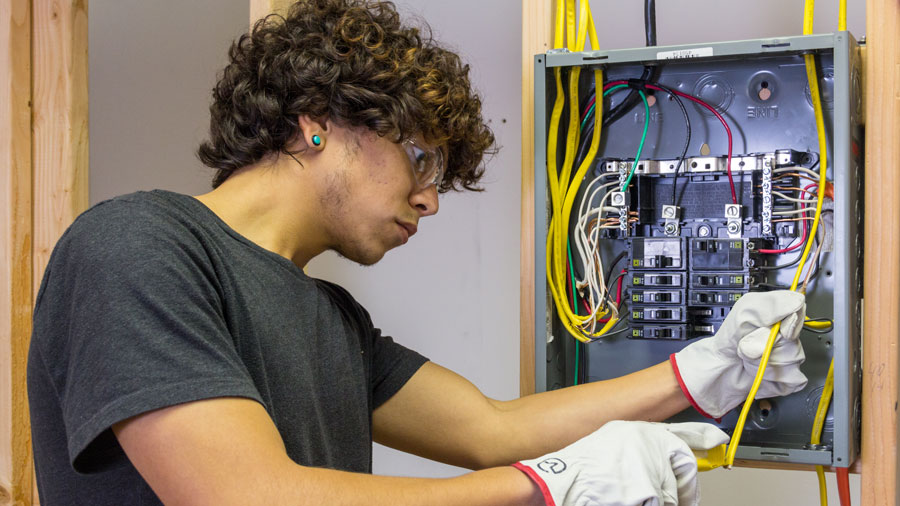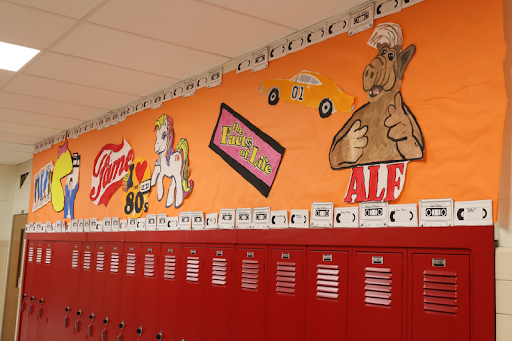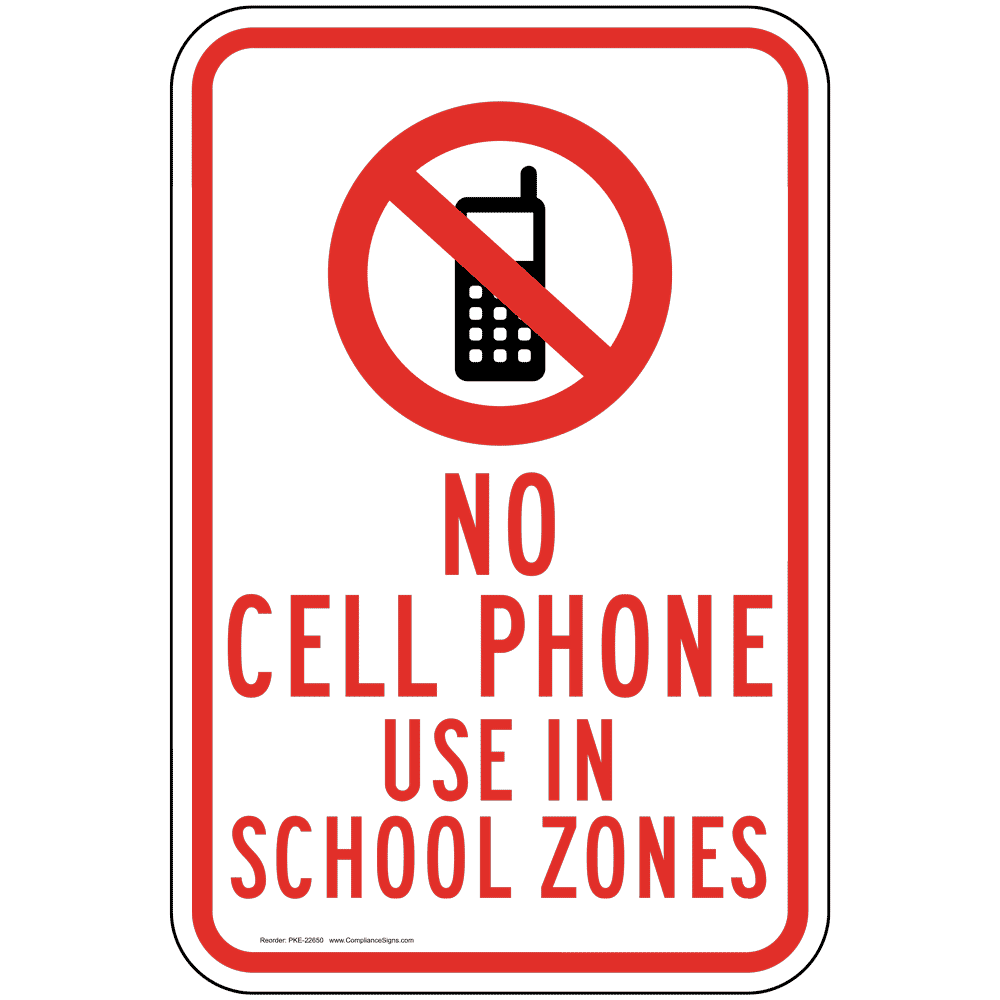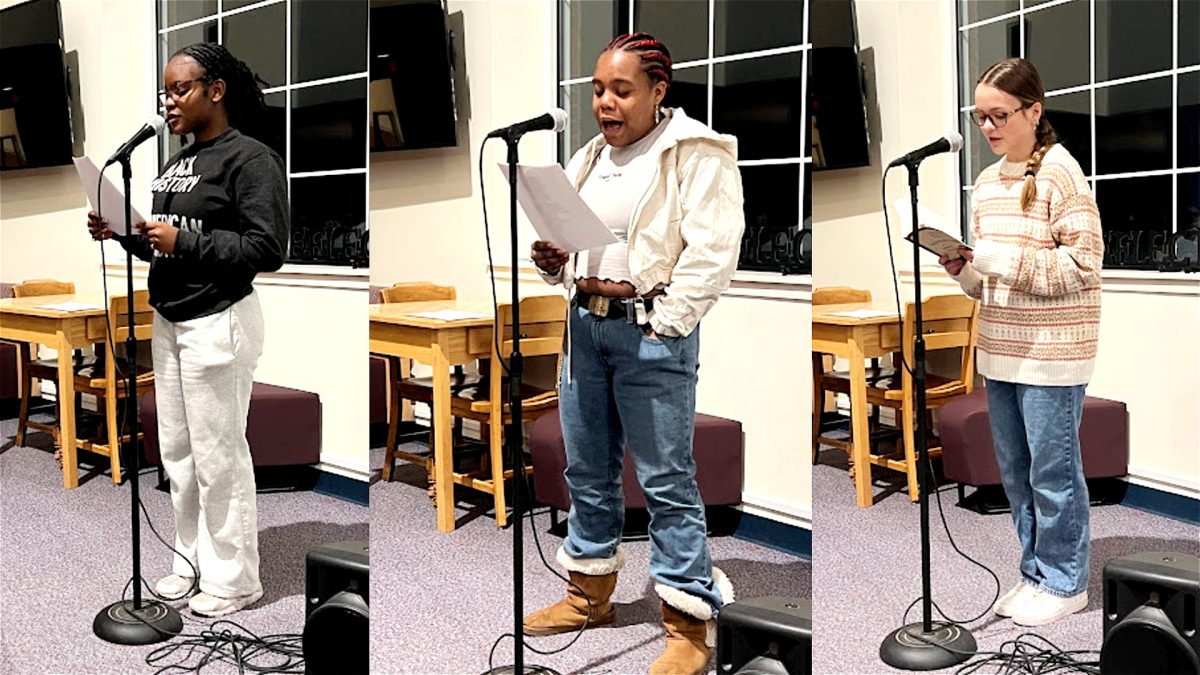I’ve always wanted to work.
For as long as I can remember, there are photos of me “working” with my father on his bike. Moving into childhood, I mowed the lawn, collected the leaves and shoveled the neighbors’ driveways. My desire for labor continued into adolescence with my acquisition of a job at a bike shop and starting to detail cars over the summer.
The conflict with my laborious mentality was academics. School came easy and the honors and AP levels almost forced one towards college. Far from being the smartest in my grade, I did not think I was worthy enough for college and veered towards trade jobs. However, everyone in the education system is guided towards college, with the lowest education designation being CP (college preparation).
Part of the reason for my apprehension is the rising student debt. According to the Federal Reserve, since 2018, student loan debt has generally increased, with 1.77 trillion dollars of student loan debt at the start of 2023. At the individual level, the average college senior in 2019 graduated with $28,950 of debt as per The Institute for College Access & Success. I don’t want to be saddled with the burden of student loan debt, especially as Finder.com found that about 28% of graduates do not find a job in their field of study.
With so much uncertainty about the future, it is no wonder that 40% of college graduates feel uncertain about the value of their education, according to Finder.com.
Because of the push for white-collar careers, there are vast opportunities in the trade world. According to the Bureau of Labor, there is significant growth in certain trade industries, namely nursing and construction laborers. Even greater is the education savings. The cost of a bachelor’s degree is about $40,000, as per The College Board, yet the education/certification for a trade will only cost about a quarter of that, according to Forbes.
Due to the pandemic, trade job opportunities are lucrative with fields doubling or even tripling in size, in accordance with Business Wire’s findings. Companies are also offering solid benefits as the U.S. government found 90% of people who complete an apprenticeship keep employment with an average salary of $80,000.
Trade industries are also strictly regulated as they have unions, OSHA (Occupational Safety and Health Association), EPA (Environmental Protection Agency) and state and local governmental bodies checking them to ensure the safety of their workers.
The greatest benefit to a skilled trade worker, however, is job certainty. Individuals who know a trade will always be useful, no matter how the economy shifts, as people will always need a mechanic for their vehicle, a plumber to fix and make houses, a welder to make structures, a machinist to make parts, a nurse to care for patients and so on.
As trade workers are held in such high esteem by the community, they can capitalize on the small business dream.
Despite these great opportunities in the trade field, only 8% of undergraduates are enrolled in certificate programs. To remediate the disparity in education, public schools should broaden their curriculum to make the gateway into trade easier. However, it is not as easy as hiring new staff and changing classrooms. There are only about 200,000 technical education teachers across all levels of education, while there are over one million high teachers, as reported by the Bureau of Labor. In addition to limited personnel, these programs are about the first ones to get axed when the inevitable budget cuts come because they are not part of the core curriculum.
As a remedy for limited resources, RV Graphic Arts teacher Mr. Don Arter proposes that “our general education courses, like English, provide assignments that allow students to research their own career possibilities. In addition to writing English papers on books, another assignment could be organizing a PowerPoint presentation on a career path and presenting it to the class.”
On top of fulfilling the goals of the English curriculum, career development research would provide needed intuition of the demands of their prospective career and cognizance of the demands of higher education programs. Ignorance of direction or the rigors of the subject matter is the reason why 30% of tutees enrolled in an associate or undergraduate degree program change their major, in reference to the National Center for Education Statistics.
RV students have access to some programs, but these programs merely allow students to dip their toes into prospective trade fields. While RV offers only the most basic education about certain trades, namely carpentry, automotive and graphic design, these are merely designed to be fun. The school should aim to publicize these classes but also expand the curriculum inside to give the students further insight into possible careers. With programs like JROTC (Junior Reserve Officer Training Corps) and PLTW (Project Lead the Way) designed to lead students toward military and engineering careers, it is only reasonable to provide other directions, namely toward trades.
Woodshop teacher Mr. Ron Mcintosh encapsulates the overarching issue in public schools with the old expression, “You can only teach what you know.” Most teachers only know the education system because their occupation does not require experience in related fields. So, cognizance of the drought in the trade fields should come as no surprise because teachers are ignorant of it.
The solution implemented to ease students into trades is vocational and technical schools, yet they are inherently constricted in their outreach to students and are redundant. A better solution would be to transfer the faculty and facilities of these schools into the mainstream public school. While this would make schools larger, it would eliminate the stigma of transferring to a school and the redundancy of having multiple teachers, schools and school boards competing for money and resources. Merging schools is the best solution as now students do not have to compromise between vocational and academic education.















Francesco Vazquez • Dec 15, 2023 at 10:31 am
I think this a very well articulated and intricate study of what our school system values versus what is best for students. Great job, Joe.